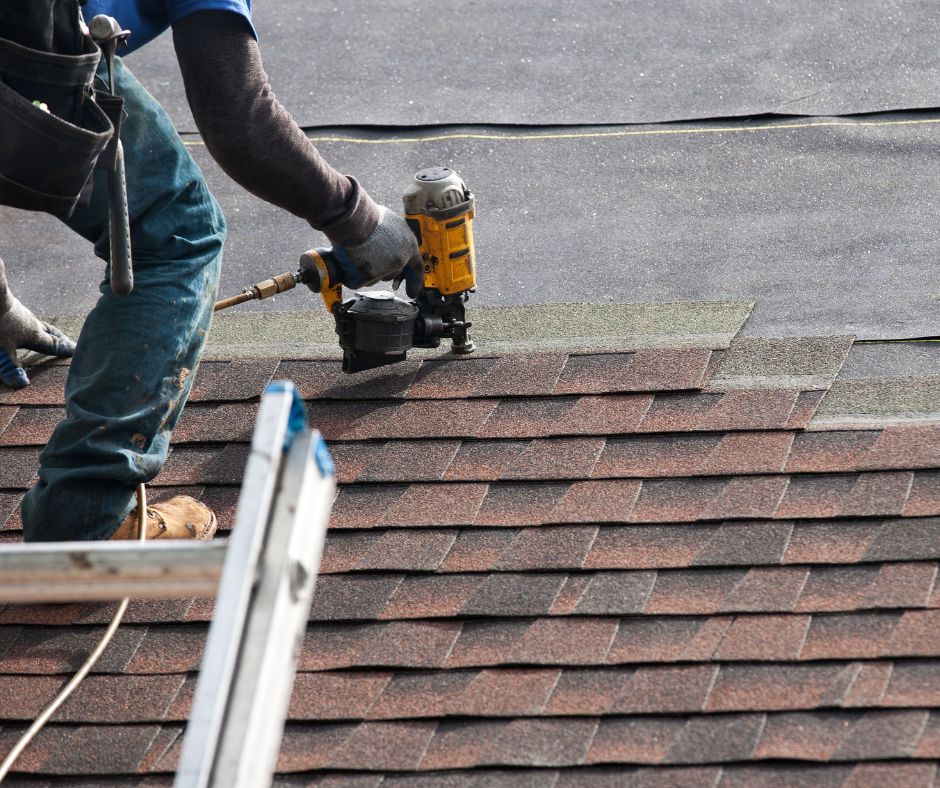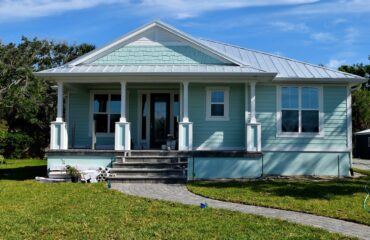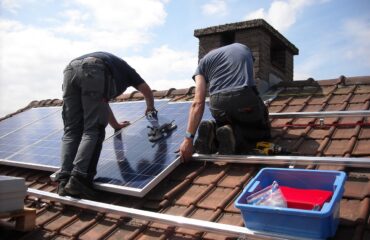Composition roofing is a commonly used roofing material that offers numerous benefits and options for homeowners. Its durability, affordability, and aesthetic appeal have become a popular choice for many. But what exactly is composition roofing, and what sets it apart from other roofing materials?
In this discussion, as skilled Austin roofers, we will explain the definition and essential components of composition roofing, delve into the advantages it brings to homeowners, and provide insights on the different types of composition roofing materials available in the market.
Whether contemplating a new roof or aiming to maintain an existing one, having a grasp of the intricacies of composition roofing is imperative. So, let’s dive in and uncover what makes composition roofing a top choice for many homeowners.
Composition Roofing: Definition and Basic Components
Composition roofing is a widely used roofing material consisting of multiple layers of different materials. Its basic construction includes a base layer of fiberglass or organic mat, then saturated with asphalt and coated with mineral granules. This layered composition provides the roofing with its durability and lifespan.
The foundational layer of composition roofing commonly consists of fiberglass or organic mat, providing durability and stability to the roof. Fiberglass is favored for its lightweight properties and resilience against moisture. On the other hand, the organic mat is made of recycled paper or wood fibers and provides better insulation properties.
The next layer is the asphalt, which serves as a waterproofing agent. It helps to seal the roofing and protect it from water damage. Additionally, the asphalt enhances the overall durability and lifespan of the composition roofing.
Advantages of Choosing Composition Roofing
There are several significant advantages to selecting composition roofing as your roofing material of choice. One of the key advantages is that it is a cost-effective option. Composition roofing is relatively affordable compared to other roofing materials such as metal or tile. It delivers exceptional value for the investment without compromising on quality.
Another advantage of composition roofing is its durability. It is designed to withstand various weather conditions and lasts many years. Composition shingles are made from asphalt, fiberglass, and minerals, contributing to their strength and longevity. This makes it a reliable option for homeowners looking for a roofing material that can withstand the test of time.
Beyond its durability and longevity, composition roofing offers a vast selection of styles and colors. This variety allows homeowners to choose a design that complements their home’s aesthetic, enhancing its overall appeal and making it a favored choice among homeowners. Overall, composition roofing offers an affordable, durable, and aesthetically pleasing option for those needing a new roof.
Understanding the Different Types of Composition Roofing Materials
Composition roofing is recognized for its durability and cost-effectiveness when compared to alternative roofing materials like wood shakes, clay tiles, and metal. Its popularity extends to both residential and commercial buildings due to its versatility and a broad spectrum of color choices. Homeowners can choose from a diverse range of colors and styles that align with their aesthetic preferences, providing a sense of flexibility in their decision-making. Some standard color options include brown, gray, black, and green shades. Furthermore, composition roofing has the capability to replicate the look of other materials, such as wood or slate roofing, offering a more budget-friendly alternative.
Installation and Maintenance Tips for Composition Roofing
To ensure proper installation and maintenance of composition roofing, following these expert tips and guidelines is essential. One common issue with composition roofing is the development of leaks.
To tackle this issue, conduct regular inspections of your roof for any indications of damage, such as cracked or missing shingles, and promptly initiate repairs or replacements.Additionally, ensure that the flashing around chimneys, vents, and skylights is properly installed and sealed to prevent water infiltration.
Another critical maintenance aspect is keeping your roof clean and free from debris. Consistently clear away leaves, branches, and other debris that may accumulate and trap moisture, as this can result in the growth of mold and algae.
By following these maintenance practices, you can extend the lifespan of your composition roofing and minimize the risk of costly repairs.
Is Composition Roofing the Right Choice for Your Home?
When considering the suitability of composition roofing for your home, several factors should be taken into account. Here are some pros and cons of composition roofing, as well as factors to consider when choosing this type of roofing material:
- Durability: Composition roofing is known for its durability, with a lifespan of around 20-30 years. However, extreme weather conditions such as hail or strong winds can cause damage.
- Affordability: Composition roofing is one of the most affordable roofing options available, making it a popular choice for budget-conscious homeowners.
- Variety: Composition roofing offers an extensive variety of colors, styles, and textures, providing the flexibility to achieve the desired aesthetic for your home.
- Maintenance: While composition roofing requires minimal maintenance, it may be prone to mold or mildew growth in humid climates.
Considering these factors, composition roofing can be a suitable choice for many homeowners, especially those looking for an affordable and versatile option. However, it is crucial to assess your specific needs and climate conditions before deciding.





